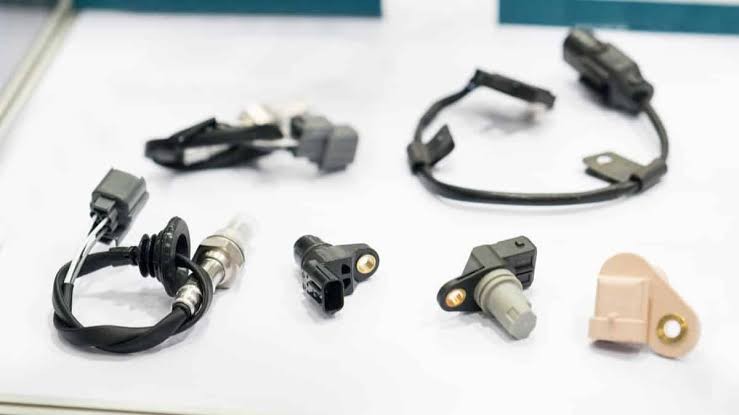Modern vehicles rely on various sensors for optimal performance. Sensors like the MAF, O2, and CKP have multiple wires that serve functions such as power supply, grounding, and signal transmission to the ECU.
In modern vehicles, sensors play a critical role in monitoring and controlling various aspects of vehicle performance. Understanding the wiring configuration and functions of these sensors is essential for diagnosing and troubleshooting automotive issues. In this article, we will delve into the wiring details and functions of ten major sensors found in vehicles.
Mass Airflow Sensor (MAF):
Function: Measures the amount of air entering the engine for proper fuel delivery.
- Power Supply: Provides power to the sensor.
- Ground: Completes the electrical circuit.
- Signal Output: Transmits the voltage signal indicating airflow to the ECU.
- Intake Air Temperature: Monitors the temperature of the intake air.
- Heater Circuit: Activates the internal heater to prevent ice formation.
Oxygen Sensor (O2):
Function: Measures oxygen content in exhaust gases to optimize fuel delivery.
- Signal Output: Transmits the voltage or current signal to the ECU.
- Ground: Provides a ground connection.
- Heater Circuit: Supplies power to the internal heater for accurate readings.
- Reference Voltage: Maintains a stable working environment in advanced O2 sensors.
Crankshaft Position Sensor (CKP):
Function: Monitors crankshaft speed and position for ignition timing and fuel injection synchronization.
- Power Supply: Supplies power to the sensor.
- Ground: Completes the electrical circuit.
- Signal Output: Transmits the sensor's voltage or current signal to the ECU.
Camshaft Position Sensor (CMP):
Function: Detects the position of the camshaft for fuel injection timing and valve control.
- Power Supply: Supplies power to the sensor.
- Ground: Completes the electrical circuit.
- Signal Output: Transmits the sensor's voltage or current signal to the ECU.
Throttle Position Sensor (TPS):
Function: Monitors throttle plate position to regulate engine performance.
- Power Supply: Provides power to the sensor.
- Ground: Completes the electrical circuit.
- Signal Output: Transmits the voltage or resistance signal indicating throttle position to the ECU.
Knock Sensor:
Function: Detects engine knock or pre-ignition to protect against damage.
- Signal Output: Transmits the voltage signal indicating knock to the ECU.
- Ground: Provides a ground connection.
Wheel Speed Sensor (WSS):
Function: Monitors individual wheel speed for ABS and TCS systems.
Wiring:
- Power Supply: Supplies power to the sensor.
- Ground: Completes the electrical circuit.
- Signal Output: Transmits the AC signal indicating wheel speed to the ECU.
Vehicle Speed Sensor (VSS):
Function: Measures the speed of the vehicle for various systems like speedometer and transmission control.
- Power Supply: Provides power to the sensor.
- Ground: Completes the electrical circuit.
- Signal Output: Transmits the voltage or frequency signal indicating vehicle speed to the ECU.
Coolant Temperature Sensor (CTS):
Function: Monitors the engine coolant temperature for proper engine operation.
- Signal Output: Transmits the voltage or resistance signal indicating coolant temperature to the ECU.
- Ground: Provides a ground connection.
Manifold Absolute Pressure Sensor (MAP):
Function: Measures the intake manifold pressure for engine load calculation.
- Power Supply: Supplies power to the sensor.
- Ground: Completes the electrical circuit.
- Signal Output: Transmits the voltage signal indicating manifold pressure to the ECU.
Conclusion:
Understanding the wiring configurations and functions of major automotive sensors is vital for diagnosing and resolving vehicle issues. While the specific wiring may vary between different vehicle

Comments (0)
Please login to join the discussion
Be the first to comment on this article!
Share your thoughts and start the discussion